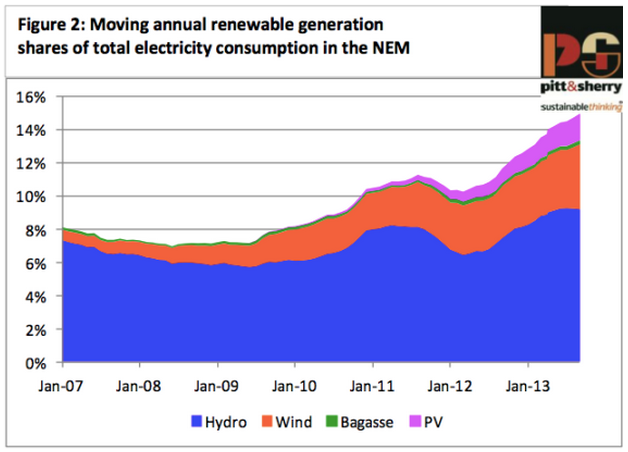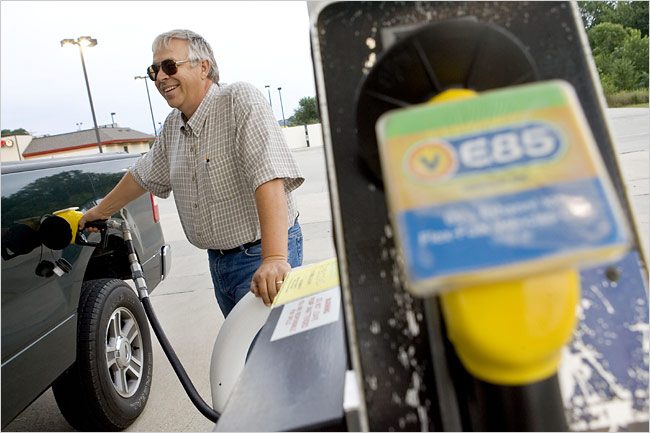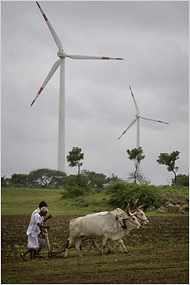Last week’s general election victory for Tony Abbott and his liberal party may well spell the end of the carbon tax in Australia. Abbott’s liberals (which are kind of the opposite of liberals in the U.S.) have verbally opposed putting a price on carbon, and with overwhelming financial backing from heavy pollution industries in Australia, have won a 32 seat majority in the Parliament to back Abbott’s ambitious plans to nix the carbon tax.
If killing the carbon tax, Abbott’s first goal as newly elected Prime Minister, comes to pass (rumor has it he has already directed aids to draft legislation to get rid of the carbon tax), it would effectively scuttle the benefits of the law that was passed just last year that aimed to drive investment and development in renewable energy solutions across Australia.
What is a Carbon Tax, exactly?
For those unfamiliar, a carbon tax is what is often referred to as “putting a price on pollution”. Right now in the United States and most other countries, greenhouse gas pollution is free. So if I run a company, I have to pay my workers, I have to pay for machinery, for leases, for marketing…but I do not have to pay for the greenhouse gas pollution I emit, no matter how much there is.
It’s called an externality, or externalized cost, and it’s what some economists would say derails any notion that we are actually in a free market, capitalistic economy. After all, if the cost of doing business only partially covers the costs of doing business, it’s not truly capitalism, is it? In essence, the world is subsidizing my company by paying the substantial costs I’m incurring for the effects of global warming.
So a carbon tax is one way to put a price on that carbon pollution. If you put a price on carbon, the cost of doing business in coal, natural gas, oil, and other heavy polluting industries goes up. By contrast, then, renewables and other cleantech solutions reach price parity much more quickly. Abbott and his supporters would say that the carbon tax is a burden. But the reality is that the money from that tax goes to help pay for roads, schools, and other aspects of running a country, and therefore reduces the tax burden on income for individuals and businesses. The bigger picture, of course, is that investors, banks, and other financial institutions would steer clear of dirty energy, and move their private sector investment money into clean tech projects, which do not have the negative externalized cost that the dirtier industries do.
Renewables and Global Warming in Australia
Renewables are gaining traction in Australia, despite the unsure footing they have in the political arena. Wind, solar PV, and bagasse have all been growing as a percentage of the overall energy portfolio in the country. (thanks to Pitt & Sherry for this graph)
So how much of an effect will killing the carbon tax have on renewable energy development? The total effect is anyone’s guess, but those financial institutions who started rallying around the “safer” bets of clean energy now have to rethink the ROI, and that means trouble for any large scale renewable energy development.
According to a report on CleanTechnica,
“My emphasis will be on being purposeful, methodical, calm and conscientious,” Tony Abbott told Fairfax radio. ”And the last thing I want to do is rush the Parliament back for a photo opportunity before the substance of the work is there for it to do.”
When they resume, however, scrapping the tax will likely be their “first order of business”, according to Abbott’s environment spokesman, Greg Hunt. ”We want to set out now to do what we said we would do, and the only people who stand between Australia and lower electricity prices are the Labor Party,” Mr Hunt said.
Are Australian voters unaware of how global warming is affecting them? It would be hard to imagine. 2009 saw what they called a 100 year event in terms of heat waves. But 3 years later, that heat wave was dwarfed by a scorching summer that literally broke the color temperature scale. They literally didn’t have a red that was dark enough for the 120+ degree F surface temperatures they were seeing, and the Australia Bureau of Meteorology had to add the purple color you see below to their temperature reading scale.
What’s to be done?
For Australians that feel perhaps this spells the end of any hope to divert widespread ecological and economic disaster from extreme climate events, there is hope. It all begins by thinking globally and acting locally. Australian residents can help to offset the negative effects of Abbott’s short sighted policies by cutting their emissions. Do energy efficiency and water efficiency upgrades in your homes. Sell your car and join a carsharing service…spend more time commuting by bus and bike and less time sitting in traffic while paying oil companies for your gasoline. Start an eco-friendly landscaping business for arid climates. You can buy water and energy efficient products at a local store or on online retailer Quicksales. Find other citizens who are concerned and join them in a camaraderie to fight climate change. Organize potlucks featuring locally grown, organic, and vegetarian foods.
The carbon tax is not dead yet. The Green Party and the Labor Party still have some political sway, and may well still be able to derail the legislation that Abbott is proposing. Get active, and call your elected representatives and urge them to use every trick in the book to stop this shortsighted gift to polluting special interests.
Inspired Economist would like to thank Quicksales for supporting this article.





